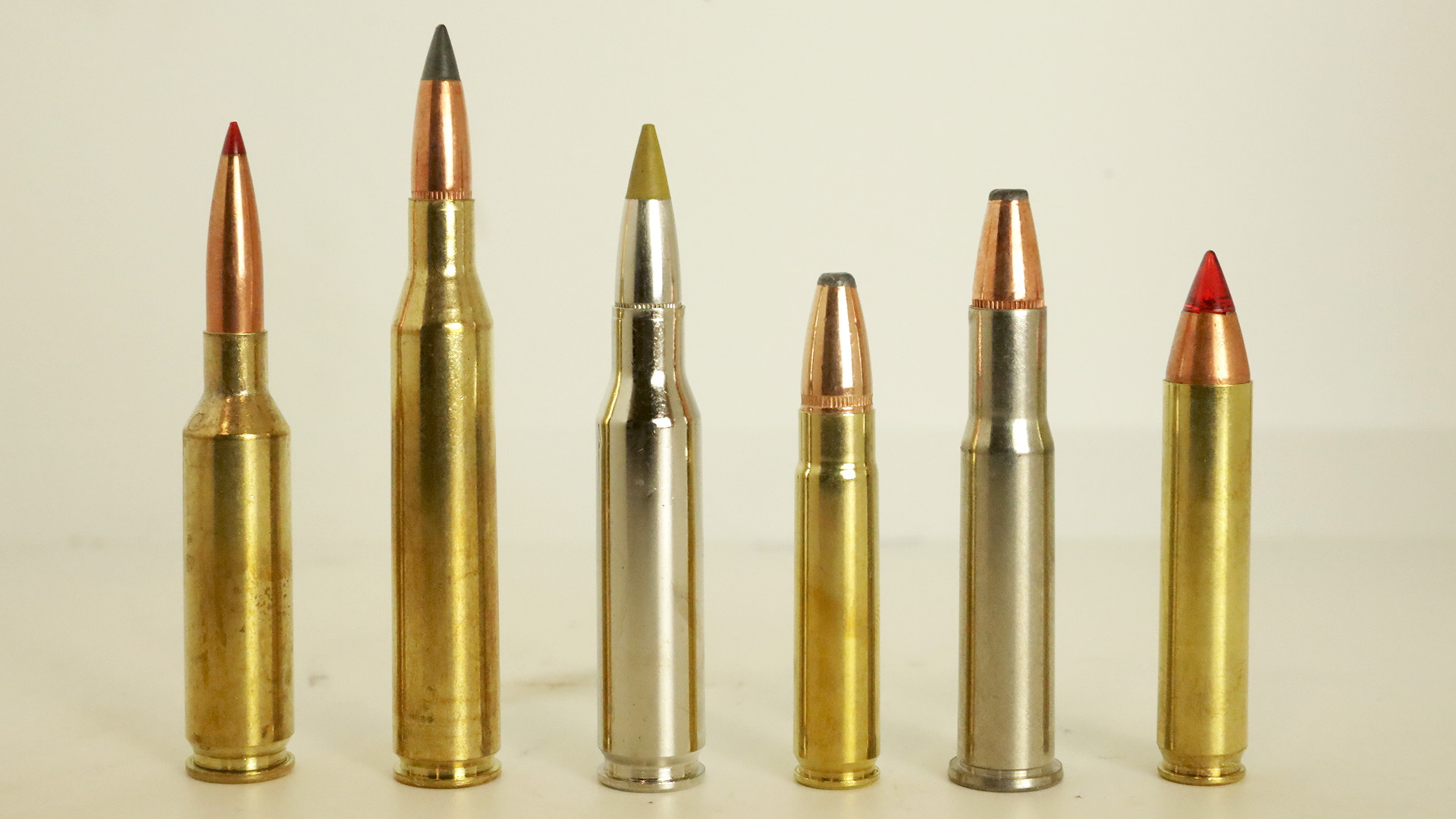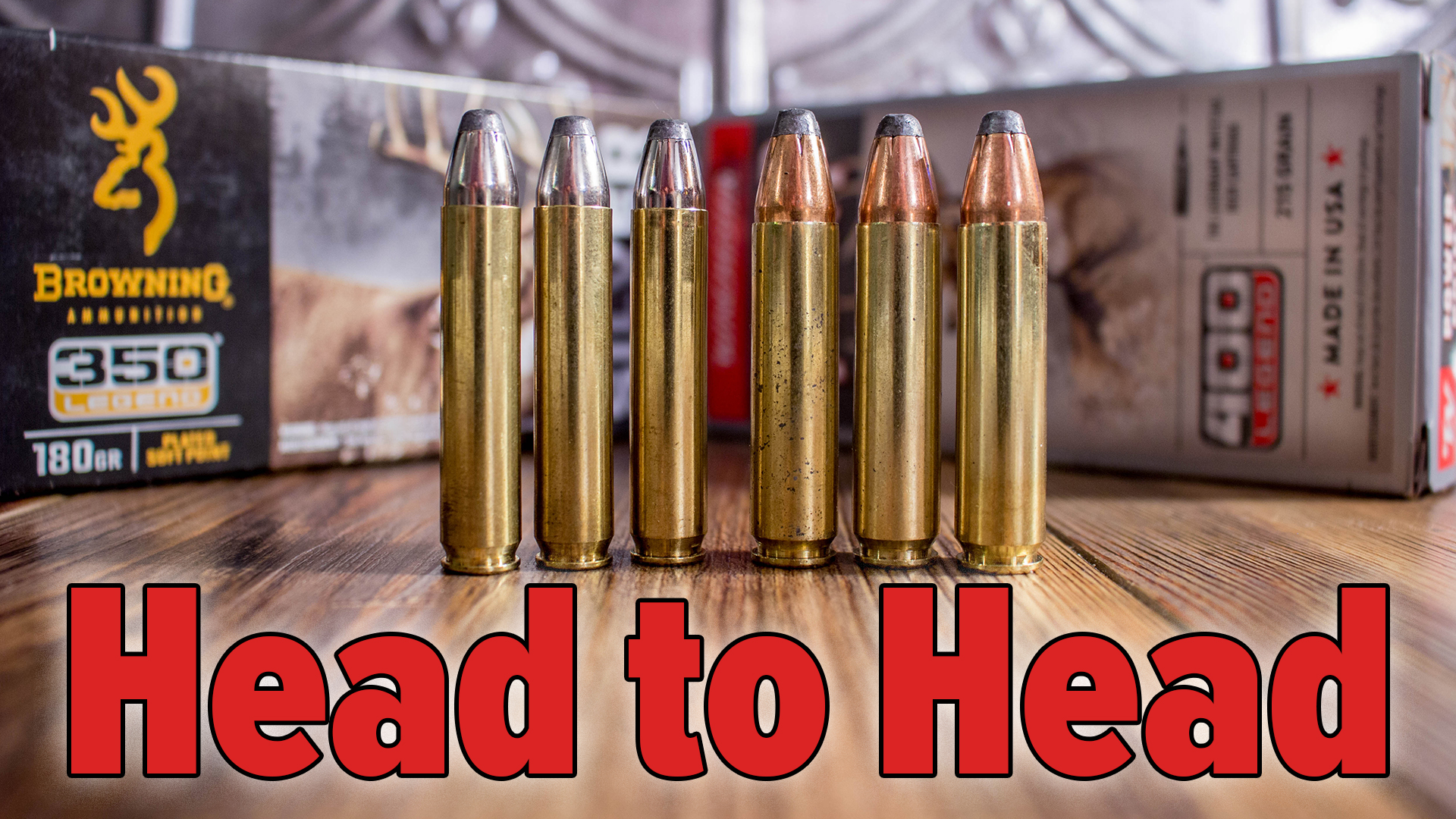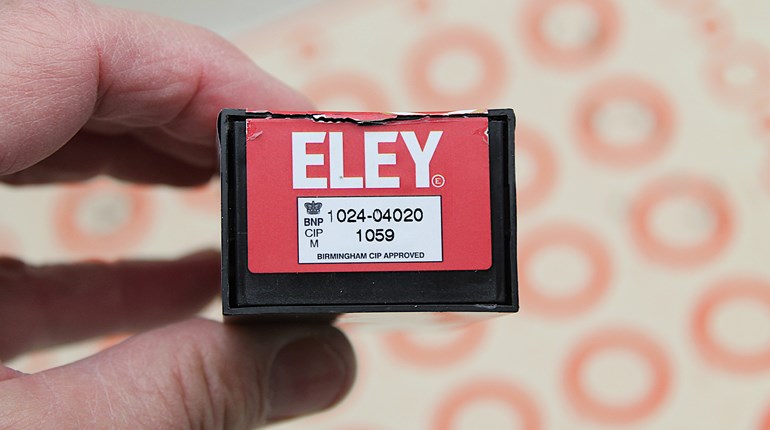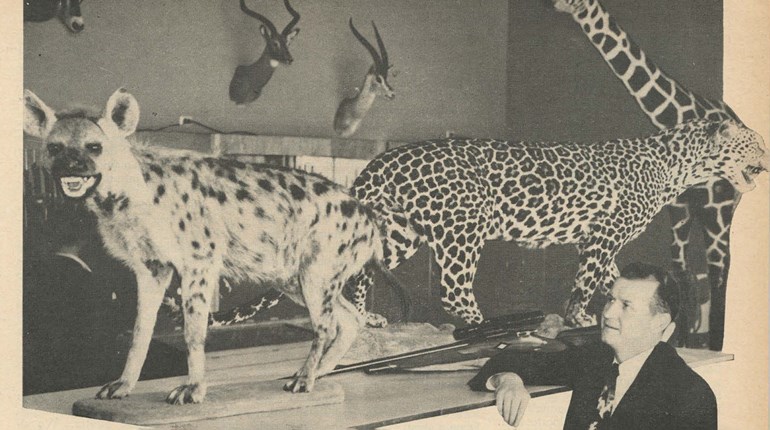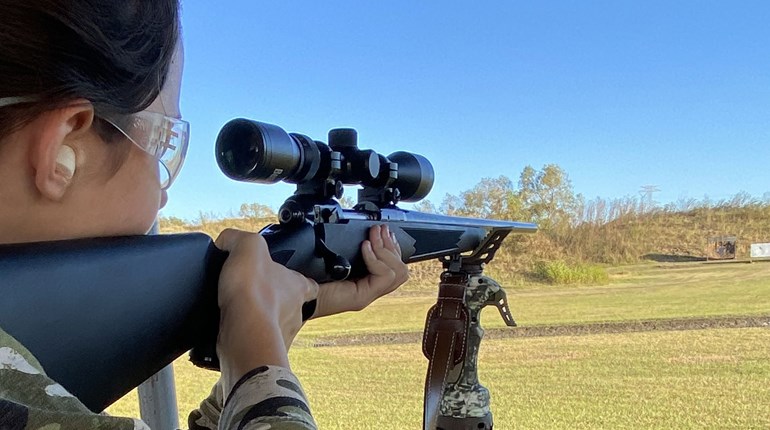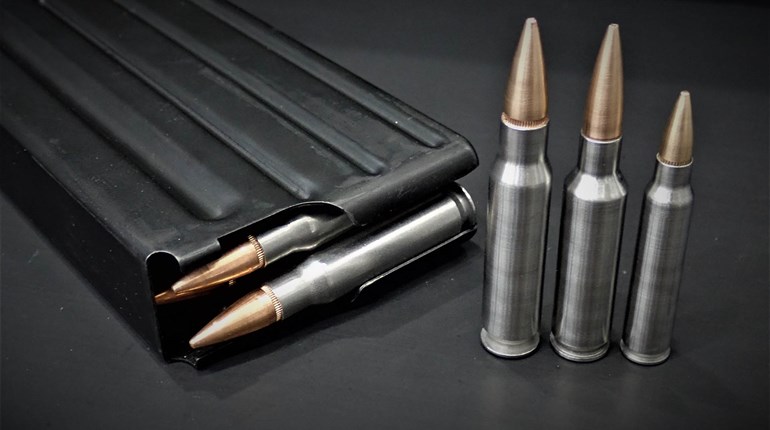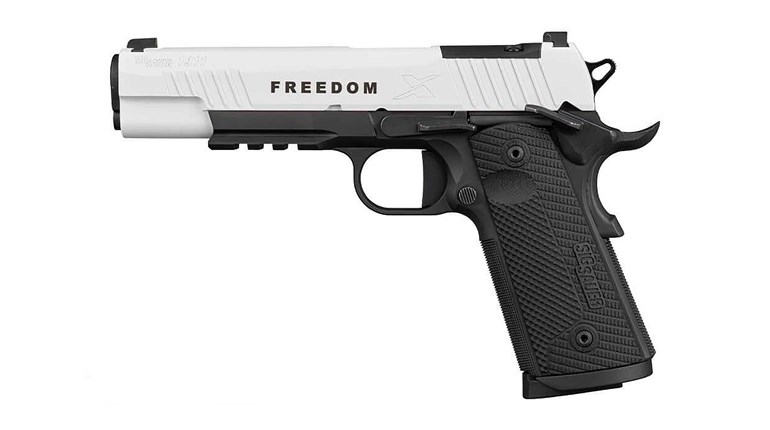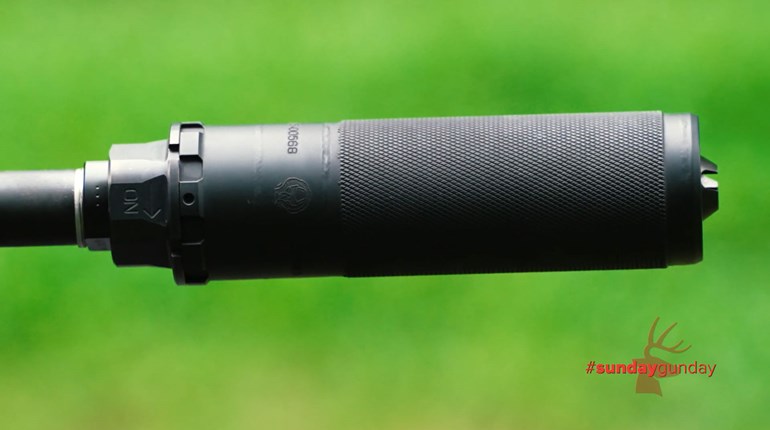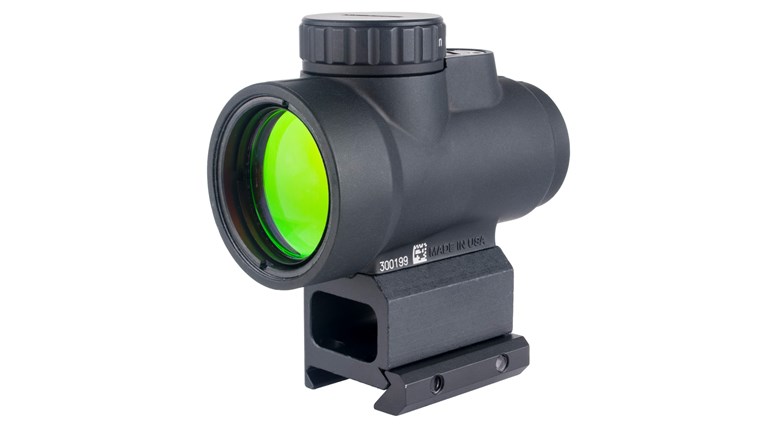
The 6.5mm craze shows no signs of slowing down, with hunters taking full advantage of the sleek bullets and lighter recoil. While the older 6.5x55 Swede still has a strong fan base, and the ever-divisive 6.5 Creedmoor continues to sell, some of the more obscure designs like the 6.5x54 Mannlicher-Schoenaur, 6.5 Remington Magnum and, somewhat ironically, the .260 Remington have all but faded away. And while the moderate velocity cartridges like the Swede and Creedmoor perform just fine, Americans haven’t lost their love of speed, especially when it comes to magnum cartridges. While neither the 6.5 PRC nor the 26 Nosler has the magnum surname, make no mistake that they are certainly magnum-class cartridges.

The 26 Nosler was the first cartridge to bear the famous bullet company’s name, being released at the 2014 SHOT Show. Based on the rimless .404 Jeffery case, with the rim diameter cut down a bit to fit in a Holland & Holland-diameter bolt face, the 26 Nosler has minimal body taper and a steep 35-degree shoulder to offer plenty of powder capacity. The cartridge length is limited to 3.340 inches, the same as the .30-06 Springfield, so a standard long-action magazine will happily house the big case. It’ll push a 129-grain Nosler AccuBond bullet to 3400 fps muzzle velocity, and until Weatherby released the 6.5-300 Weatherby Magnum, it was the fastest commercial 6.5mm cartridge on the market. It punches on both ends of the rifle, though the recoil level isn’t unbearable. With that 129-grain AccuBond load, the 26 Nosler will retain over 2,000 ft.-lbs. of energy at 400 yards, making it a perfectly viable choice for elk and moose hunting. Factory ammunition is offered in bullet weights ranging from 120 grains to 150 grains, though Nosler is the only manufacturer offering the cartridge at present.

Fast forward for years to 2018, and you’d see Hornady releasing their 6.5 Precision Rifle Cartridge, or PRC, designed as a dual-purpose target and hunting cartridge. Described as the ‘big brother’ to Hornady’s earlier 6.5 Creedmoor, the 6.5 PRC is based on Hornady’s own .375 Ruger case, shortened to 2.030 inches, with an overall cartridge length of 2.955 inches. The rimless design uses a 30-degree for headspacing, and the short case length allows for the bullets with the longer ogives and higher ballistic coefficient (BC) values to be seated properly in the case. Pushing a 143-grain ELD-X to a muzzle velocity of 2960 fps and the 130-grain CX monometal to 2975 fps, the 6.5 PRC gives a definite velocity advantage over the uber-popular 6.5 Creedmoor, and to my mind at least, represents a better platform for the hunter. Ammunition is available from Hornady, with ELD-X, ELD Match and CX bullets, as well as from Federal Premium, with Fusion, Trophy Copper and ironically, the Hornady ELD-X bullet. Norma, Berger, Barnes, Winchester, Browning and Nosler all offer loaded ammunition as well, so there are a good number of choices in both bullet weight and construction, from cup-and-core to bonded core to lead-free monometal.

Putting these two up against one another, which is the more appealing to the hunter? I suppose a big part of the answer will be based upon the velocity level you’re after. With the 26 Nosler, you most definitely get a speed demon, but driving bullets at 3400 fps will surely have an effect on the barrel’s throat, not to mention the strain put on a bullet if the shot distance is short and impact velocity high. The 6.5 PRC is considerably slower—about 400 fps slower—but in my mind, it is fast enough. Looking at the trajectory differences with a 129/130-grain bullet, you’ll see that with a 200-yard zero, the 26 Nosler will strike 5.7 inches low at 300 yards, 16.5 inches low at 400 yards and 33.3 inches low at 500 yards.

The 6.5 PRC will print 6.6 inches low at 300 yards, 19.2 inches low at 400 yards and 38.7 inches low at 500 yards. Five inches of holdover may seem like a considerable difference at 500 yards, but if you consider the fact that at that distance, five inches is but one MOA, it might make you reconsider. The 26 Nosler load retains over 2,000 ft.-lbs. of energy at the 400-yard mark, while the 6.5 PRC registers 1,461 ft.-lbs. at that distance, so there is a marked advantage for the 26 Nosler in that department.

The 26 Nosler is long action, the 6.5 PRC is short action, so if you subscribe to the short/rigid theory, the 6.5 PRC might have more appeal, but I’ve found the entire family of Nosler cartridges, from the 26 to the 33, to be wonderfully accurate, so I’m not sure that a linger receiver will pose an issue. However, as much as I like speed, I feel the 6.5 PRC makes more sense; the 26 Nosler is really fast, but it may be too much of good thing. If all my shots were to be outside of 300 yards, where the bullet had a chance to slow down a bit, I’d be fine with the velocity of the 26 Nosler, but I’ve seen how much of a mess can be made when a bullet moving that fast hits a deer at 50 or 75 yards. Add in the fact that the majority of ammunition manufacturers have picked up the 6.5 PRC, and that the 26 Nosler remains a proprietary cartridge (unlike its big brother, the 28 Nosler), the advantage goes to the 6.5 PRC. I like a good blend of velocity, manageable recoil and striking power, and I feel the 6.5 PRC offers exactly that.
Looking for previous installments of our "Head to Head" series? Click here.


